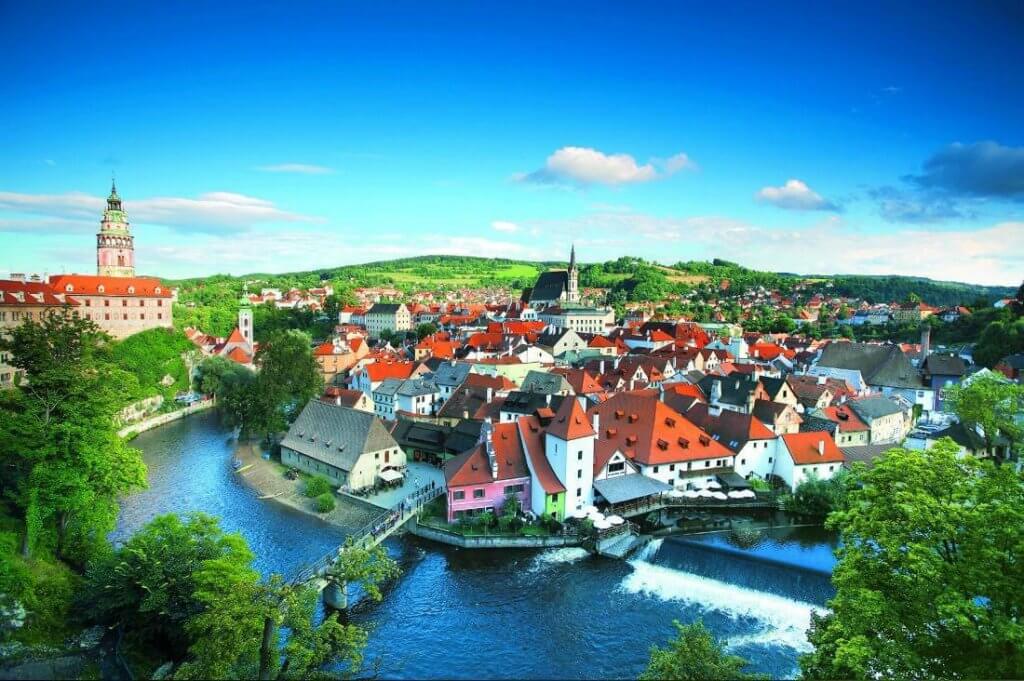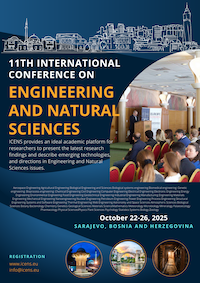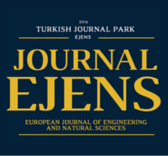Tour Highlights
UNESCO World Heritage Site
The Main Square
Castle of Cesky Krumlov
The Church of St. Vitus
Castle Theater
Old Town Center
Castle Tower
Incredible Castle Garden

About Cesky Krumlov
Český Krumlov is a town in the South Bohemian Region of the Czech Republic. Its historic centre, centred around the Český Krumlov Castle, is a designated UNESCO World Heritage Site since 1992 and was given this status along with the historic Prague castle district.
The town's name begins with Český ("Bohemian") to differentiate it from Moravský Krumlov in south Moravia.
The settlement arose beneath the castle, which was erected from about 1240 onwards by a local branch of the noble Vítkovci family, descendants of Witiko of Prčice. The fortress was first mentioned in a 1253 deed as Chrumbenowe. According to local legend, the name derives from Middle High German krumbe ouwe which can be translated as "crooked meadow", after a bend of the Vltava River. It was also mentioned in the 1255 Frauendienst poem by minnesinger Ulrich von Liechtenstein. Located at a ford of an important trade route in the Kingdom of Bohemia, a settlement arose soon after beneath the castle. The Czech name Krumlov is documented as early as in 1259.
In 1302 the Vítkovci line became extinct and King Wenceslaus II ceded the town and castle to the Rosenberg family (Rožmberkové). Peter I of Rosenberg (d. 1347), the Lord Chamberlain of King John of Bohemia, resided here and had the present upper castle erected in the early 14th century. The majority of inhabitants were German-speaking at that time, immigrating from neighbouring Austria and Bavaria in the course of the Ostsiedlung. A Jewish community is documented since 1334. By 1336, it can be expected that Czechs formed a small minority, which had its own priest.
The Rosenbergs strongly promoted trade and crafts within the town walls. In the late 15th century, when gold was found next to the town, German miners came to settle, which shifted the ethnic balance even more. In one of the churches the sermons were preached in Czech until 1788, when St. Jošt Church was closed. William of Rosenberg (1535–1592), High Treasurer and High Burgrave of Bohemia, had the castle rebuilt in a Renaissance style.
In 1602 William's brother Peter Vok of Rosenberg (1539–1611) sold Krumlov to the Habsburg emperor Rudolf II, who gave it to his natural son Julius d'Austria. After the Bohemian Revolt and the 1620 Battle of White Mountain, Emperor Ferdinand II gave Krumlov to the noble House of Eggenberg and the town became seat of the mediate Duchy of Krumlov. From 1719 until 1947 the castle belonged to the House of Schwarzenberg.
There were 8,662 inhabitants in Krummau an der Moldau in 1910, including 7,367 Germans and 1,295 Czechs.[citation needed] After the First World War, the city was part of the Bohemian Forest Region which was initially declared to be part of German-Austria. By the end of 1918 the Czechoslovak army had occupied the region, which became part of Czechoslovakia. In 1938 it was annexed by Nazi Germany, as part of the Reichsgau Oberdonau unit of Sudetenland under the Munich agreement. After World War II the town's longstanding German-speaking population was expelled and it was returned to Czechoslovakia.
During the Communist era of Czechoslovakia, historic Krumlov fell into disrepair, but since the Velvet Revolution of 1989 much of the town's former beauty has been restored, and it is now a major holiday destination popular, with high numbers of tourists from Europe and from Asian countries such as China and Japan. In August 2002, the town suffered from damage in a great flood of the Vltava River.
Source: https://en.wikipedia.org/wiki/Český_Krumlov






